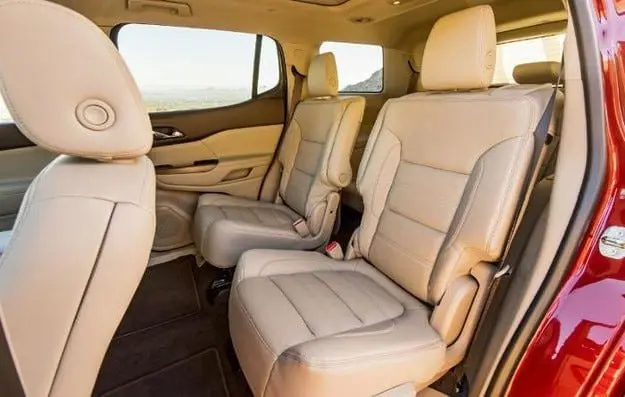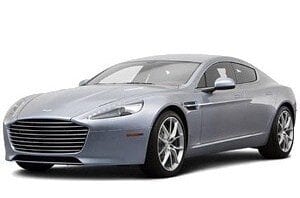
Magna seats can do ECGs

The prototype has already been manufactured, but is not yet ready for serial use.
Heart rate or electrocardiogram sensors built into the driver's seat can help the vehicle assess the driver's health by alerting them to unwell or drowsiness. This project was developed by Magna International, she even made a prototype, but is not yet ready to offer it to potential customers. Analysis of the electrocardiogram can theoretically reveal drowsiness at an early stage.
Magna's latest development is the second row Pitch Slide/Tip Slide seat with increased range of motion for easy access to the third row (child seat conversion). They were ordered by General Motors.
If the seat is installed in an autopilot vehicle, the electronics can take over control, for example, if a heart attack is detected, the autopilot can ensure that the car stops safely on the side of the road. If the automatic mode is already on, the program can assess the person's condition and assess whether he can continue to drive the car.
Alternatives to touch-sensitive seats are driver-eye tracking systems, watches (bracelets) with biometric sensors, and even portable EEG sensors. Magna thinks smart seats are enough for the job, but automakers prefer a combination of different technologies.
Of course, Magna is not the first company to address this topic. Similar systems with built-in sensors are already being developed by Magna's competitors Faurecia and Lear. Various car manufacturers are also conducting similar experiments (with BMW, for example, testing a rudder with built-in biosensors). Nevertheless, Magna is a very large supplier of automotive components, and its participation in this area of research may be a harbinger of mass-produced smart seats in a few years, first on the most expensive models, and then in mass production.
2020-08-30

